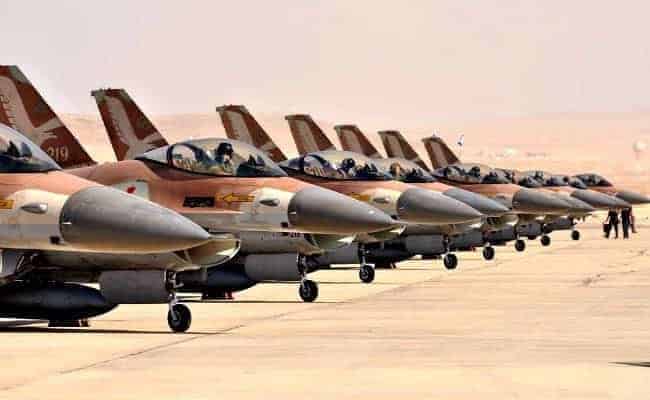No matter the figures supporting the proposition that flying as a passenger in an airliner is statistically safer than driving your car, piloting an airplane, when you take a minute to stop and think about it, is a pretty daring thing in itself: we can get away with a lot more neglect, poor maintenance, plain stupidity, and flat out idiocy in operating our cars than we could if we were piloting airplanes. Seen from that perspective, the fact that we are not yet all commuting in flying cars like The Jetsons is a hidden blessing.
Flying is inherently hairy stuff, in which screwups by pilots or maintenance crews are often severely punished by gravity, which is an unforgiving mistress. Flying when others are energetically doing their level best to destroy your plane and yourself by firing all kinds of lethal things to blow you up in the sky or send you spiraling down to the ground in flames? That’s a whole other, and elevated, level of hairiness. Yet, that is what pilots conducting ground attack missions in the face of opposition do as a matter of routine, every time they climb into a cockpit to carry out an air raid.

Yet, even within the realm of air raids, some have been significantly hairier than the inherently hairy norm. Following are some of history’s most daring air raids.

Cuxhaven Raid
From aviation’s earliest days, navies used airplanes for reconnaissance and observation. On Christmas day, 1914, the British Royal Navy used airplanes offensively for the first time, when aircraft carried by seaplane tenders to within striking distance of Cuxhaven, a German town on the North Sea shore, bombed Zeppelin sheds and German naval facilities. It was the first time that air and sea power were combined to attack land targets and was the first step towards the creation of aircraft carriers and the projection of force inland by naval aviation.
Zeppelins and their potential to bomb London loomed large in British imagination, spurred in no small part by pre-war apocalyptic fiction such as H. G. Wells’ The War in the Air, which envisioned fleets of German dirigibles devastating cities around the world with bombs and reducing them to rubble. Plans were begun for preemptive raids on Zeppelin facilities to destroy them before they began bombing Britain.
Raids had been carried out against Zeppelin sheds in Cologne, Friedrichshafen, and Dusseldorf, but Royal Flying Corps airplanes lacked the range to reach Cuxhaven. A plan was therefore devised for ferries converted into seaplane tenders, escorted by Royal Navy cruisers, destroyers, and submarines, to carry nine seaplanes to the vicinity of Cuxhaven.
The seaplanes were then lowered and launched to reconnoiter the area, and if they spotted Zeppelin sheds, to bomb them. Only seven planes managed to take off and head inland, each armed with three 20 pound bombs. Results were negligible because of antiaircraft fire, low clouds and fog, and the raiders’ miniscule bombload. However, the raid revolutionized warfare by proving the feasibility of attacking land targets with seaborne aircraft.
Related: Golden Age of Zeppelin Flight.

